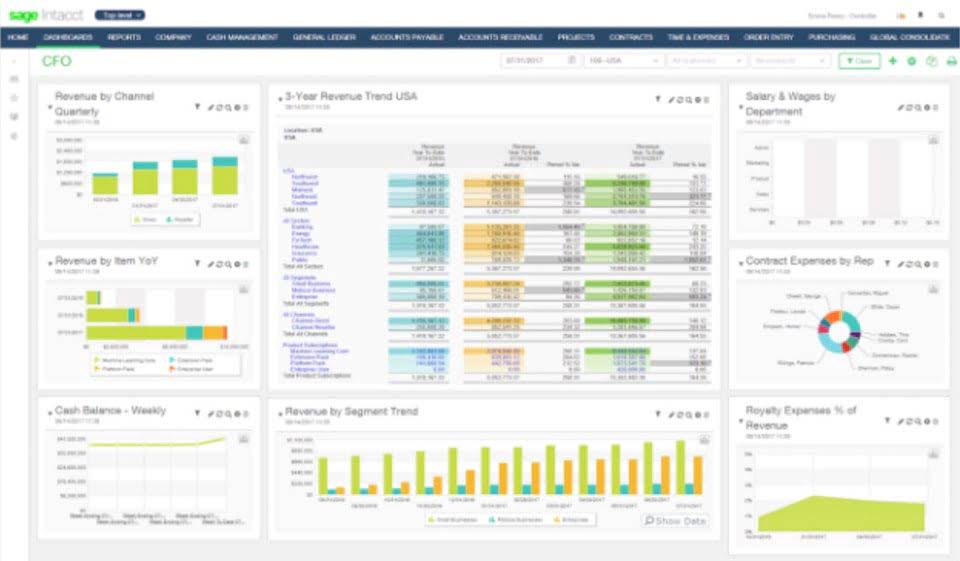
The chart of accounts streamlines various asset accounts by organizing them into line items so that you can track multiple components easily. Asset accounts can be confusing because they not only track what you paid for each asset, but they also follow processes like depreciation. Revenue is the money generated from normal business operations and essentially whatever you collect from your customers prior to deducting any costs. An effective chart of accounts structure directly or indirectly drives virtually all financial reporting. Yet, many organizations ignore this foundational concept and limp along with unmet expectations. Chart of accounts functionality is probably the most important attribute of accounting software and financial reporting.

Examples include factory supervisor wages, incidental supplies (e.g., tape, glue, screws), machinery repairs, shop building insurance, etc. Expenses such as tax preparation fees, marketing, and legal expenses would not be considered indirect costs, but rather operating or general/admin expenses. In the absence of that, tax and audit CPAs have the custom reporting software to easily convert your management-oriented chart of accounts into their format. Just be sure to make it easy for them by incorporating any special accounts they need into your remodeled chart accounts.
Procurement / Purchase Department
When you can see which locations or events bring in the most cash flow, you can manage your business more wisely. Accounting systems, by definition, have a general ledger in which your asset accounts (what you own) match your liability accounts (what you owe). They also don’t have a retained earnings account as net income at the end of the year is distributed to the capital accounts.

When your accounts are consistently organized, it becomes easier to track changes over time and make informed decisions based on historical data. Additionally, standardization helps maintain accuracy and reduces the risk of errors or duplicate entries. Consider the number of accounts you currently have and anticipate any future growth or expansion. Flexibility is key, as your chart of accounts numbering system should be able to adapt and scale as your company evolves. It’s important to strike a balance between providing enough detail to track financial information accurately and avoiding unnecessary complexity that could hinder efficiency. The size and complexity of your company play a crucial role in determining the chart of accounts numbering system that will work best for you.
Components of the Chart of Accounts
When designing a chart of accounts numbering system, it is important to consider factors such as the size and complexity of your company, industry-specific needs, and reporting requirements. By taking these factors into account, you can create a numbering system that aligns with numbering system for chart of accounts your organization’s unique needs. One of the main challenges in creating a chart of accounts numbering system is finding the right balance between detail and complexity. On one hand, you want to capture enough information to accurately track and analyze your financial data.
This figure illustrates the main components in the
chart of account structure and the way they fit together. The chart
of accounts consists of segments which have value sets attached to
them to determine the values from each used in creating account combinations. Segments also have segment labels attached to them to point to the
correct segment to use in general ledger processing, such as intercompany
balancing or retained earning summarization. Segments are secured
by security rules and accounts are secured by cross validation rules. In the United States, there is a standardized chart of accounts that is widely used by businesses and organizations. The Industrial Revolution brought about significant changes in business structures and increased the complexity of transactions.
Alphanumeric Numbering System
An asset would have the prefix of 1 and an expense would have a prefix of 5. This structure can avoid confusion in the bookkeeper process and ensure the proper account is selected when recording transactions. You can think of this like a rolodex of accounts that the bookkeeper and the accounting software can use to record transactions, make reports, and prepare financial statements throughout the year. To ensure the effectiveness of your chart of accounts, it is recommended to follow best practices. This includes maintaining consistency and standardization, allowing for flexibility to accommodate future changes, and creating a clear and intuitive structure. Additionally, providing training and documentation to your team will ensure smooth implementation and usage of the chart of accounts.
- To understand the chart of accounts, you might want tot figure out what are accounts in your books.
- A business transaction will fall into one of these categories, providing an easily understood breakdown of all financial transactions conducted during a specific accounting period.
- This could include balance sheets, income statements, cash flow statements, or industry-specific reports.
- But if you cross the line and go too granular, you’ll never be able to take a step back and track big picture trends.
- But if you’re looking for recommendations, these account number ranges might help.

